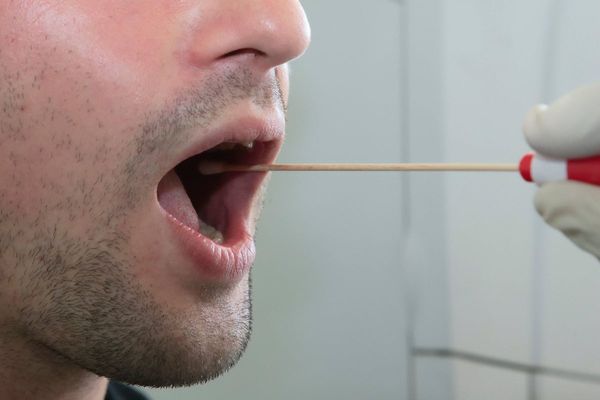Wales has recorded an unwelcome rise in the number of people infected with Covid-19. The Office for National Statistics (ONS) infection survey for the week ending September 14 shows the estimated number of people testing positive for Covid was 39,700, equating to 1.31% of the population or around one in 75 people.
That is an increase on the 28,200 (0.93%), or around one in 110 people, for the week ending September 5. The Welsh Government said that as the estimates are based on a "relatively low number of positive tests", caution should be taken in over-interpreting any small movements in the latest trend.
England also saw a rise in its Covid infection rate, though levels are estimated to have fallen in Scotland and Northern Ireland. The ONS said 927,900 people in private households across the UK are likely to have tested positive for coronavirus in the week ending September 14, up 5% from 881,200 in the previous week.
Read more: 'Active' 11-year-old diagnosed with leukaemia after mum spotted two telltale signs
The increase brings to an end a steady fall in UK-wide infections since early July, when the total hit 3.8 million at the peak of the wave caused by the Omicron BA.4 and BA.5 subvariants of the virus. Experts are now monitoring new variants of the virus including BA.2.75.2 and BQ.1.1 to see if they have the potential to cause a further wave.
Sarah Crofts, deputy director for the ONS Covid-19 infection survey, said: "Today's data show a mixed picture across the UK, with increases in England and Wales while infections in Scotland and Northern Ireland have decreased. It is too early to see if these changing trends will continue, and we will monitor the data closely to see any impact of the return of schools over the coming weeks."
In England, the percentage of people testing positive for coronavirus in the week to September 14 was 766,500, or around one in 70 - up from 705,800, or one in 75, in the seven days to September 5. In Scotland, 98,800 people were likely to have had Covid-19 in the latest survey, or around one in 55 - down from 113,500 or one in 45. And in Northern Ireland the estimate is 22,900, or one in 80 people, down from 33,700, or one in 55.
Meanwhile the percentage of people in hospital with Covid remains on the decrease in Wales. On September 20 of the 202 people in acute hospitals with Covid just six (3%) were people being activity treated for for the virus. Six coronavirus patients in Wales were in invasive ventilated beds in intensive care on September 20 – three of whom were in the Cardiff and Vale UHB area, one was in Cwm Taf Morgannwg UHB, one was in Swansea Bay UHB, and one was in Betsi Cadwaladr UHB.
Eligible adults in Wales are being invited for an autumn Covid booster vaccine. The rollout began at the start of September to improve the immunity of those at higher risk from the virus. A single dose of the vaccine is being offered to:
- Residents in care homes for older adults
- Staff in care homes for older adults
- Frontline health and social care workers
- All adults aged 50 years and over
- People aged five to 49 years in a clinical risk group
- People aged five to 49 years who are household contacts of people with immunosuppression
- People aged 16-49 who are carers
In line with advice from the UK's Joint Committee on Vaccination and Immunisation eligible adults aged 18 and above will initially be offered the Moderna vaccine which protects from both the original Covid virus and the Omicron variant. Those eligible aged under 18 will be offered the Pfizer vaccine. Both vaccines will be offered at least three months after a previous dose. Adults will mostly be invited via letter to attend a vaccination centre, GP, or pharmacy for their jab.
READ NEXT
- The story of the 'miracle boy' who defied doctors' expectations twice
- 'My vulnerable teenage daughter was moved from Wales to Derby to access help for her mental health'
- 'I lost my fit and healthy dad to a sudden cardiac arrest'
- 'Active' 11-year-old diagnosed with leukaemia after mum spotted two telltale signs
- Risk of Alzheimer’s disease could be reduced with these lifestyle changes







